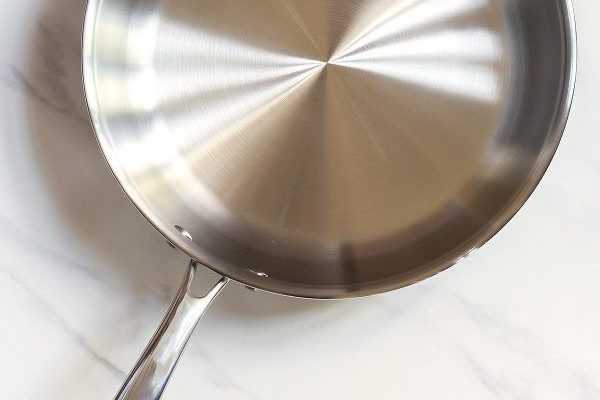Best Student Loan Rates

Introduction
Navigating the world of student loans can be daunting, but finding the best student loan rates doesn’t have to be. With proper research and knowledge of your options, identifying the loan with the most favorable interest rate can help you save thousands of dollars over the life of your loan. In this article, we will discuss various types of student loans, compare their rates, and guide you to find the best rate tailored to your financial situation.
Federal Student Loans
The first place to start when looking for a student loan should be federal student loans: Direct Subsidized Loans, Direct Unsubsidized Loans, and Direct PLUS Loans. The US Department of Education offers these loans, and they come with several benefits that private loans often don’t provide. Examples include fixed interest rates, income-driven repayment plans, deferment options, and potential loan forgiveness programs.
1. Direct Subsidized Loans – These are need-based loans available for undergraduate students. The government pays interest on these loans while you are in school at least half-time or during deferment periods. The current interest rate is 3.73% (2021-2022).
2. Direct Unsubsidized Loans – These loans are available for undergraduate and graduate students regardless of financial need. Borrowers are responsible for all accrued interest payments; however, they’re still eligible for various repayment options like subsidized loans. As of 2021-2022, the interest rate is 3.73% for undergraduates and 5.28% for graduate or professional students.
3. Direct PLUS Loans – These include Grad PLUS Loans (for graduate or professional students) and Parent PLUS Loans (for parents of undergraduate students). The main advantage of these loans is their accessibility; they cater to people with no alternative means to finance their education. Their current interest rate is 6.28% (2021-2022).
Private Student Loans
Unlike federal loans, private student loans are offered by banks, credit unions, or other financial institutions. Rates for these loans vary according to several factors, including your credit score, income, and the lender’s policies. Private loans can be a good option if you’ve exhausted all federal loan options. It’s essential to shop around and compare rates from different lenders to find the best private loan for your situation.
Interest Rates & Repayment Options
When comparing student loan interest rates, you should also consider the type of interest rate (fixed or variable) and repayment options:
– Fixed Interest Rate: The rate remains constant throughout the life of the loan. While it may start higher than variable rates, a fixed rate provides stability during repayment.
– Variable Interest Rate: The rate can change based on a reference interest rate (e.g., LIBOR). While it may start lower than fixed rates, variable rates can be unpredictable and potentially cost more in the long run.
Always check if there are prepayment penalties or any additional fees associated with the loan. Moreover, look into lender’s repayment options, such as grace periods or income-driven plans.
Conclusion
By understanding your student loan options and diligently exploring rates offered by various lenders, you can find the best student loan rate suitable for your financial needs. Remember that federal loans typically have more borrower-centered terms and benefits; however, finding a favorable private student loan should always follow a thorough individual comparison. By securing an optimal interest rate, you’ll reduce your overall repayment burden and achieve a smoother post-education transition.


